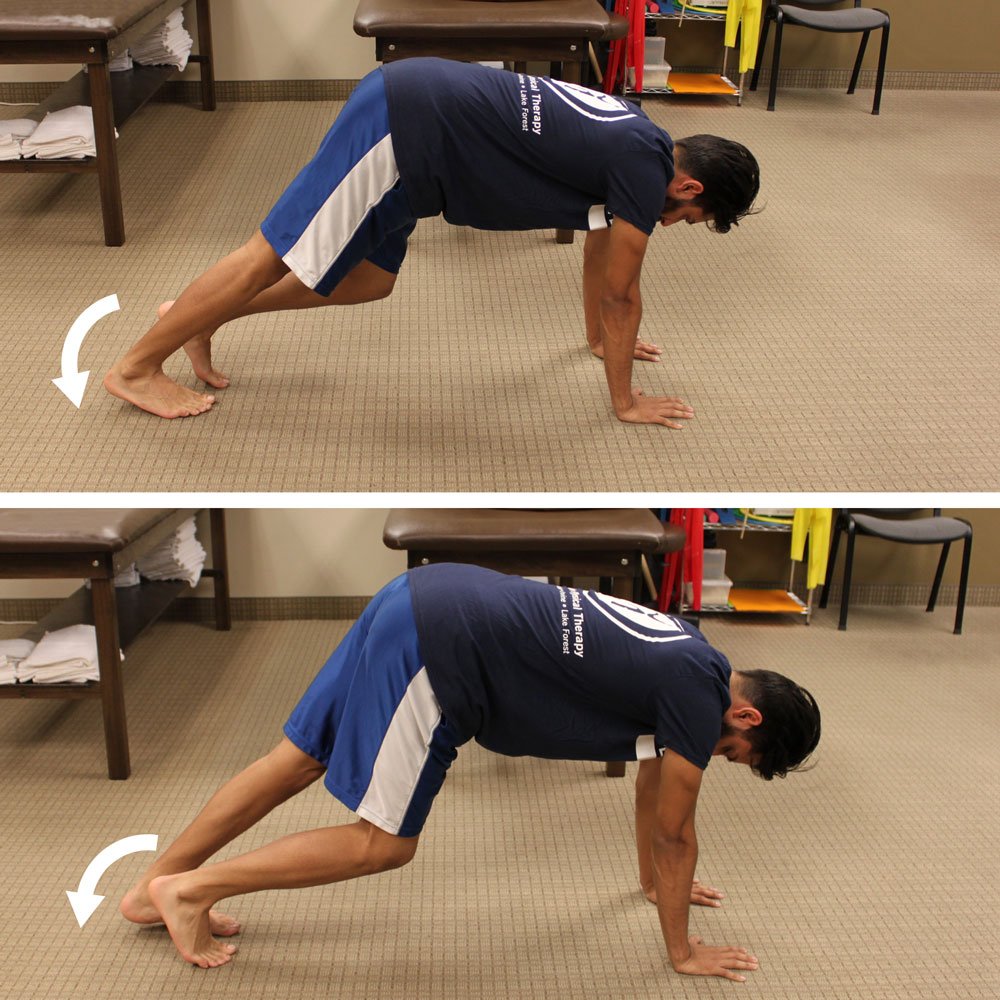

Move the ball side-to-side with your right leg, then gradually work the ball up toward the top of the calf. Place the ball at the base of your right calf, just above the ankle. Grab a lacrosse ball or softball and sit on the floor with your legs straight in front of you. In other words, doing the exercises in this order will not only get you warmed up and limber for whatever you're about to tackle that day, it will help you stay mobile over time. "When the brain sees that it can move safely in new ranges as a result of the pressure and active stretch combo, the brain says to the body, 'Now I can trust you, go ahead and keep that new range." says Read. Then, when you're done stretching, try testing out your range of motion with a few bodyweight squats or lunges. This will tell your muscles to relax and allow you to lengthen even more. Keep in mind that it's best to massage your calves before you attempt any stretches.
#Calf stretch how to
Suggested tools: lacrosse ball, foam roller, yoga block, resistance band How to Structure Your Mobility Session The good news is, if you do the following massage techniques and calf stretches regularly, you'll be on your way to releasing tension and relieving pain ASAP. This means that tension in these areas can negatively affect how you squat, walk and stand, placing excess stress on other muscles, tendons, and joints. Their fascia-or the thin layer of tissue that holds muscles together-reach all the way from the base of your foot to the back of the upper leg, adds Read.
#Calf stretch driver
The gastrocnemius is a big player in knee flexion, while the soleus is the main driver for plantar flexion (think: pointing your foot). That's because the calf is made up of two muscles that attach at the knee and the bottom of your heel. For example, poor calf flexibility may lead to knee and ankle pain, shin splints, plantar fasciitis, Achilles tendonitis, and even back issues. Grumpy calves can also lead to pain in other parts of the body.


 0 kommentar(er)
0 kommentar(er)
